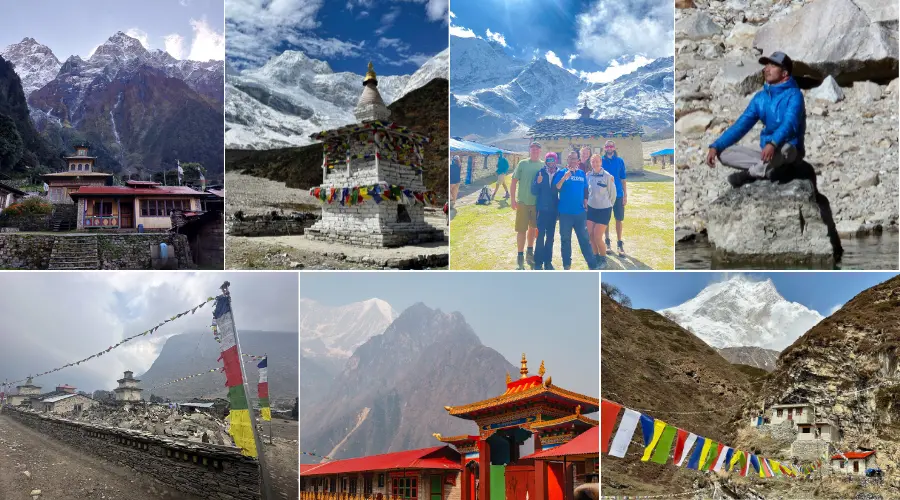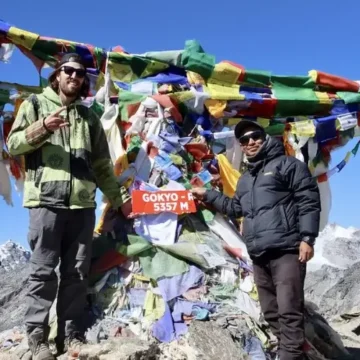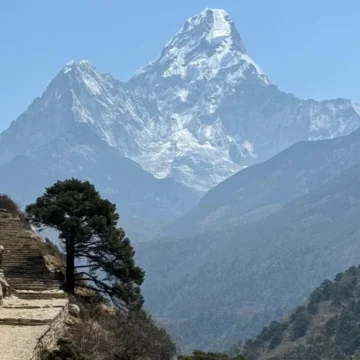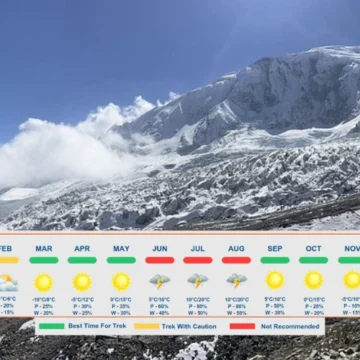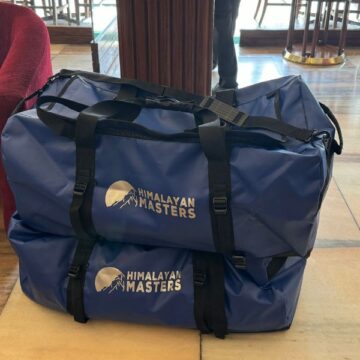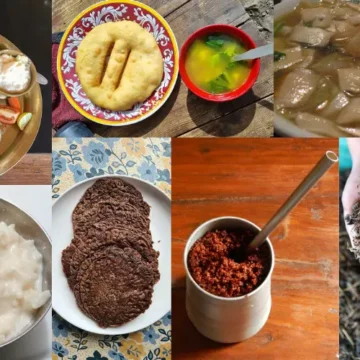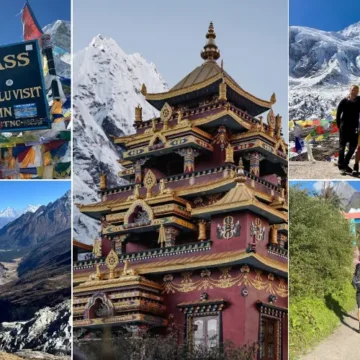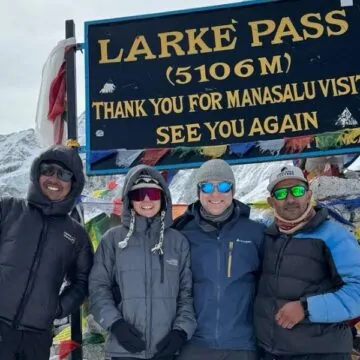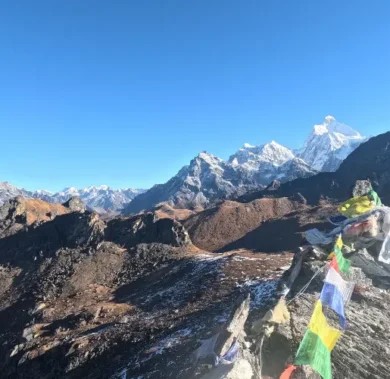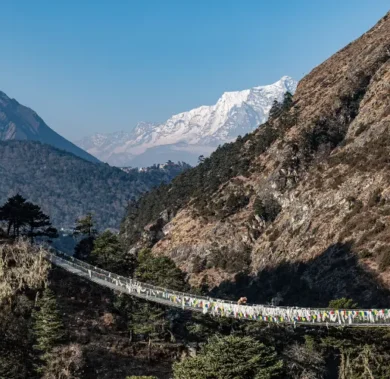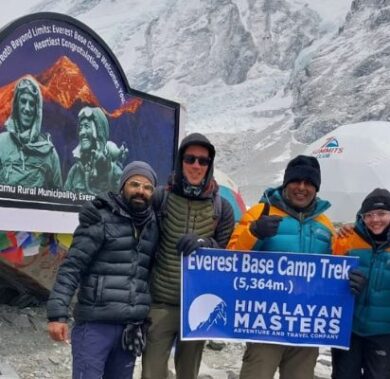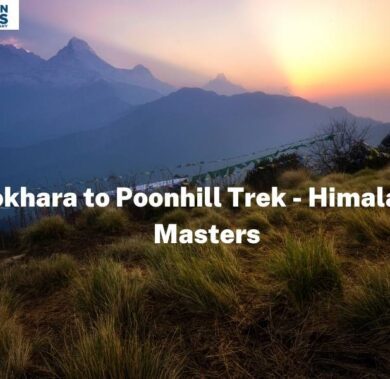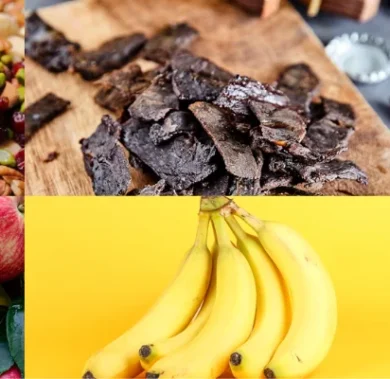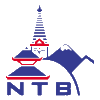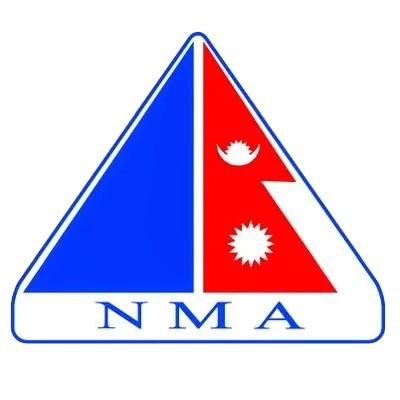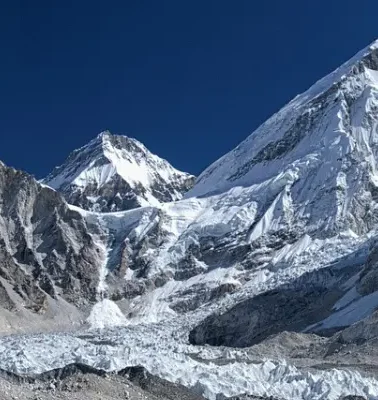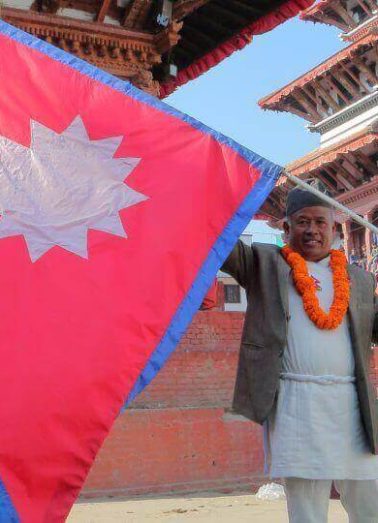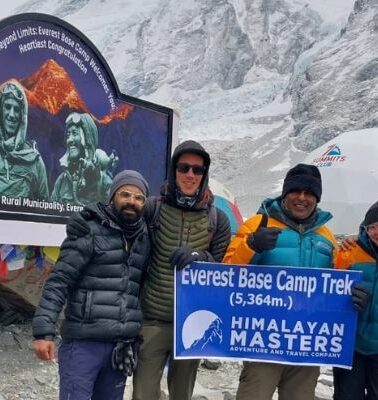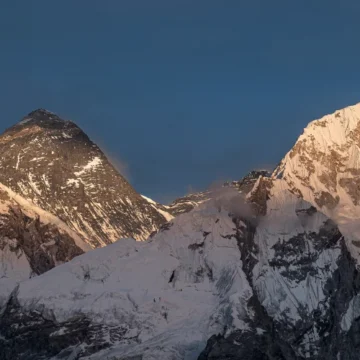
Top 12 Monasteries of the Manaslu Region | You Must Visit
Table of Contents
The Manaslu region is a trekker’s paradise, offering spiritual calmness and off-the-beaten, adventurous experiences. Manaslu, a hidden gem in the Himalayas, is known for its serene landscapes and cultural importance. It is home to some of the most ancient Manaslu monasteries in the country and the world’s 8th-highest peak, Mount Manaslu (8163 m/26,782 ft).
The region is highly influenced by the centuries-old Tibetan Buddhist monasteries (Gumba/Gompa). There are over 100 monasteries altogether scattered across the villages in the Manaslu region.
These monasteries are the reflection of strong Tibetan culture, where travellers can meditate, learn, and have a glimpse of monastic life.
To explore some of the most significant Manaslu monasteries, remember to contact the Himalayan Master. We will arrange all the required items and customize the Manaslu Tsum Valley Trek itinerary according to your convenience and compatibility.
Why is the Manaslu Region Famous for Buddhist Monasteries?
The Manaslu region is popular for its stunning views and deep-rooted Tibetan Buddhist culture and people. Apart from these, there are several historically important monasteries.
These monasteries are not just worship places but also centres of art, architecture, knowledge, and communal life. They are a unique destination to witness long-preserved ancient traditions, a perfect destination for trekkers seeking authentic spiritual experiences.
The monasteries in Manaslu are equally known for their hospitality. If not the best, some of the monasteries, monks, and locals welcome their visitors with their warm hospitality.
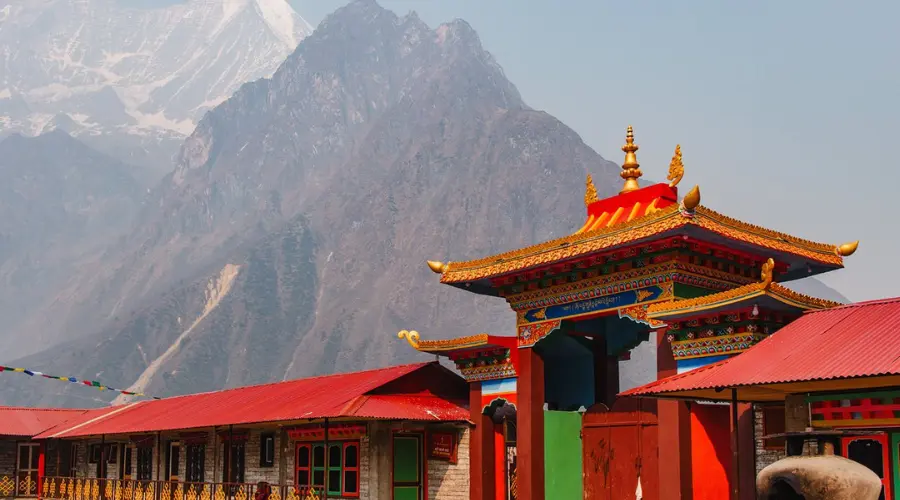
Manaslu Region’s Famous Buddhist Monasteries
Among all the monasteries in Manaslu region, here are some of the most iconic, significant Manaslu monasteries that we suggest you visit while you are here.
1. Sacred Gumba Lungdang
Located in the Nubri Valley of Gorkha district, Gumba Lungdang is one of the most revered monasteries in Manaslu. A Tibetan Buddhist monk established the monastery several centuries ago.
The monastery is situated at an elevation of 3200 meters (10,499 ft). From the monastery, trekkers can enjoy the breathtaking views of the Ganesh Himal and its surroundings.
Built in the traditional Tibetan style, intricate wood carvings, colourful murals, and a peaceful courtyard decorate the monastery. Ancient Buddhist scriptures, statues of deities, and beautifully drawn thangkas feature in the main prayer hall.
Gumba Lungdang is a centre for Buddhist preachings and rituals. Monks here perform regular prayers and conduct meditation sessions and annual festivals like the Lhosar (Tibetan New Year) and the Dumje Festival.
If you are around during these festivals, you can participate in these rituals and get accustomed to Tibetan Buddhist traditions.
How to reach Gumba Lungdang?
The route to Gumba Lungdang coincides with two standard treks in the Manaslu region, Tsum Valley Trek and the Manaslu Tsum Valley Trek route.
To reach the Gumba, trekkers needs to first drive up to Soti Khola Machha Khola, and then start trekking. The trek route passes through Jagat, Lokpa, and Chumling to Dumje (Dumje bridge).
Then, we leave the standard Tsum Valley Trek route and trek towards the monastery after crossing the suspension bridge in Dumje. We can also visit the Gumba Lungdang while returning from Mu Gompa.
Visitor Information
Location: Tsum Valley
Entry Fee/ Permit: Free (but donations are appreciated)
Best Time to Visit Gumba Lungdang: Spring and Autumn
Accommodation: Available/Basic
2. Mu Gompa
It is one of the oldest, largest and most isolated monasteries in the Manaslu region.
Built in the late 17th century, Mu Gompa is a sacred and cultural monastery among Tibetan Buddhists. The monastery follows the Nyingma school of Buddhism.
Located at 3700 meters (12,139 ft), Mu Gompa offers stunning views of the surrounding Himalayan ranges. The monastery is home to several resident monks who follow strict Buddhist practices.
It is a retreat for monks and nuns, where tourists can see ancient prayer wheels, religious artifacts, and beautifully carved Buddhist scriptures. The monastery is surrounded by huge prayer wheels and mani walls, providing a feeling of serenity.
How to reach Mu Gompa?
It takes a 2-3 day hike from Chumling to reach Mu Gompa via Chhekampar and Nile Villages. Trekkers can extend their trek further to visit the Tibet-Nepal border from here.
Visitor Information
Location: Northern Tsum Valley
Entry Fee/ Permit: Free (but donations are appreciated)
Best Time to Visit Mu Gompa: May to October
Accommodation: Available/Basic
3. Pungyen Gompa (Shyala Monastery)
Shyala Monastery, popularly known as Pungyen Gompa, is the most significant monastery in the Manaslu Circuit Trek route. It is located near Samagaon, at the base of Manaslu Himal, serving as a meditation retreat centre.
This monastery is extremely sacred to the locals and is believed to have been built by Tibetan monks many centuries ago as a retreat for meditation. The earthquake of 1934 damaged the monastery, and devoted Buddhist monks rebuilt it later.
The monastery stands at an elevation of 4050 meters (13,287 ft) and offers a breathtaking view of Mt. Manaslu, Himchuli, and Ngadi Chuli.
The monastery is built in Tibetan style of architecture, with beautifully decorated prayer wheels, fluttering prayer flags, and mani stone walls. Inside the monastery are extremely old Buddhist books, thangkas, and holy relics.
Pungyen Gompa is among the major destinations for religious retreats, where monks practice Buddhist teachings and meditation and perform daily rituals.
It is a venue for a yearly Mani Rimdu celebration that attracts pilgrims and monks from nearby villages.
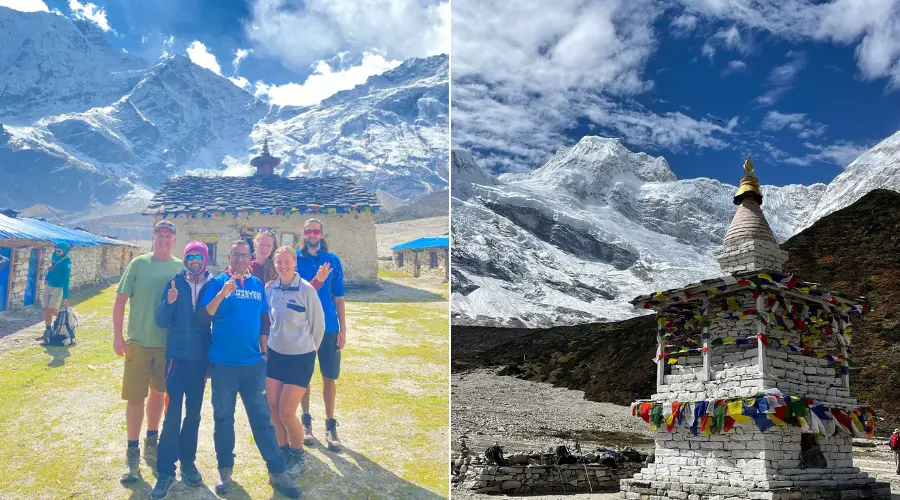
How to reach Gumba Lungdang?
The monastery can be reached from Samagaon. A side hike of about 3-4 hours takes one to the monastery.
Pungyen Gompa is generally visited as a side trip for acclimatization prior to trekking towards Manaslu Base Camp or Larke Pass (one of the highest altitude passes in Nepal).
Visitor Information
Location: Near Samagaon
Entry Fee/ Permit: Free (but donations are appreciated)
Best Time to Visit Pungyen Gompa: Spring and autumn
Accommodation: Not available
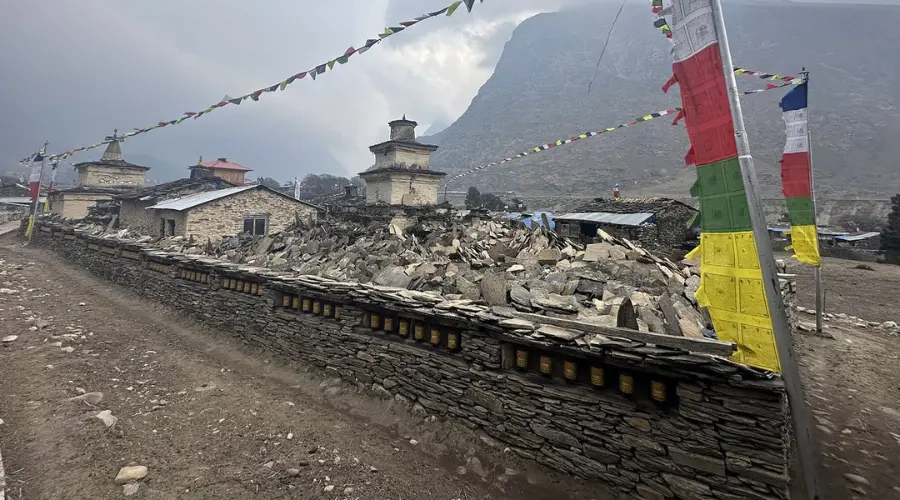
4. Rachen Gompa
Rachen Gompa is among the biggest nunneries monasteries in the region. The monastery accommodates about 200-300 nuns for Buddhist studies. It was built in 1905 AD by Lama Kunga Tsultrim Dorje.
The monastery is located at an elevation of 3,240 meters (10,630 ft). Colourful murals, prayer flags, and Buddhist symbols beautifully decorate the monastery. Tourists can join the chanting sessions and collect experiences about the daily life of the nuns.
How to reach Rachen Gompa?
The monastery is accessible via the Tsum Valley Trek trail. It takes about 2-3 hours from Chhekampar to Rachen Gompa.
Visitor Information
Location: Tsum Valley
Entry Fee: Free (but donations are appreciated)
Best Time to Visit Rachen Gompa: Spring and autumn
Accommodation: Available/Basic
5. Serang or Nubri Monastery (Shringi Gompa)
Nubri Monastery, also known as Shringi Gompa, popularly known as Serang Gompa, is one of the most unique and remote monasteries in the Manaslu region.
Situated at an elevation of 3100 meters (10,170 ft), Serang Gompa is a hidden, lesser-known destination for a peaceful retreat in the Manaslu region. People also know the monastery as a place to meditate and learn the preachings of Lord Buddha and Buddhism.
Surrounded by stunning Himalayan landscapes, trekkers can also see Tibetan-style murals and prayer halls and experience a monastic lifestyle. This monastery has been an attractive destination for monks and Buddhist practitioners from around the world.
How to reach Serang Gompa?
The monastery can be reached following the Manaslu Circuit Trek with Serang Gompa. On the 5th day of the itinerary, trekkers will need to trek from Bihi Village to Serang Gompa.
It is around 7-8 hours long trek on a steep uphill trail. However, the trekkers can enjoy the greenery and awe-inspiring views on the way, which suffices the challenge. Also, trekkers can stay in the monastery itself.
Visitor Information
Location: Near Bihi Village
Entry Fee/ Permit: Free (but donations are appreciated)
Best Time to Visit Serang Gompa: Spring and autumn
Accommodation: Available/Basic (costs $40 per person, included in the package of Manaslu with Serang Gompa Stay Trek)
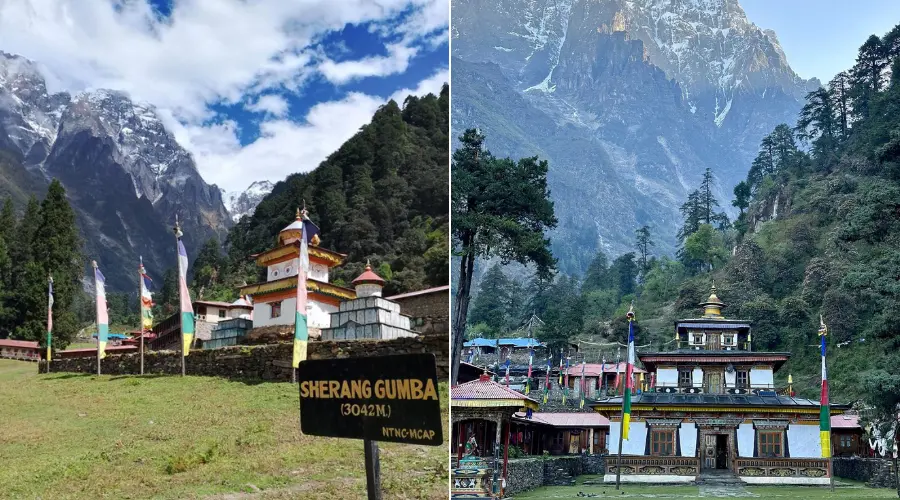
6. Ribung Gompa
Located near Tibetan Lho Village on the classic Manaslu Trek, Ribung Gompa is a historic Buddhist site. This gompa is popular among trekkers for its calming environment, perfect for meditation and traditional Buddhist rituals.
Ribung Gompa is located at an elevation of around 3400 meters (11,155 ft). The monastery observes traditional Buddhist festivals and sacred Cham Dance performed by monks.
How to reach Ribung Gompa?
Ribung Gompa is just about half an hour’s walk from Lho Village on a complete trek trail. You need to take a short detour from the main route and trek for about 10-15 minutes to reach the monastery.
Visitor Information
Location: Near Lho
Entry Fee/ Permit: Free (but donations are appreciated)
Best Time to Visit Ribung Gompa: Spring and autumn
Accommodation: Not available
7. Kal Chhokang Gompa
Located near Kalchhuman Lake, also known as Kal Tal (a popular side trip in the Manaslu region), Kal Chhokang Gompa is one of the most significant monasteries for Buddhist pilgrims.
It lies in scenic Himalayan landscapes and offers a peaceful retreat for contemplation and meditation.
People know the monastery for its serene surroundings and spiritual significance. Visitors can participate in daily prayers and rituals and acquire knowledge about Tibetan Buddhist traditions.
How to reach Kal Chhokang Gompa?
The monastery is reachable through the Manaslu Circuit Trek route. It is a 4–5-hour trek from Prok Village to Kal Chhokang Gompa.
Visitor Information
Location: Near Prok
Entry Fee: Free (but donations are appreciated)
Best Time to Visit Kal Chhokang Gompa: Spring and autumn
Accommodation: Not available
8. Naksa Chhyoling Gompa
Chhyoling Sandu Gompa, also known as Naksa Chhyoling Gompa, is a peaceful stopover for travellers who require blessings and spiritual guidance.
Monks perform daily Buddhist rituals and prayers here, giving tourists a chance to feel the spiritual ambience of the monastery. This village is situated at around 2400 meters (7874 ft).
How to reach Naksa Chhyoling Gompa?
The monastery is located in Philim Village and is accessible via the Manaslu Circuit Trek. It takes about half an hour to reach the monastery from Philim Village, following a scenic uphill route.
The trek route passes through scenic landscapes, including trekking through remote settlements and lush forests.
Visitor Information
Location: Near Philim
Entry Fee/ Permit: Free (but donations are appreciated)
Best Time to Visit Naksa Chhyoling Gompa: Spring and autumn
Accommodation: Not available
9. Gonhgye Gompa
It is one of the most ancient monasteries in the Tsum Valley. Gonhgye Gompa is a lesser-visited, significant monastery known as a meditation retreat centre.
It is a hidden gem in the Manaslu region, offering a serene environment for spiritual explorers. People revere the monastery for its serene ambience and traditional Tibetan architecture.
The hymns of the Buddhist monks performing religious rituals offer a unique feeling of spirituality to the visitors.
How to reach Gonhgye Gompa?
The monastery can be reached with a 20-30-minute hike from Nile Village from the standard Tsum Valley Trek.
First, you will need to cross a wooden bridge over the Shiar Khola and follow a gradually ascending route through rugged terrain, offering stunning mountain views.
Visitor Information
Location: Near Nile
Entry Fee/ Permit: Free (but donations are appreciated)
Best Time to Visit Gonhgye Gompa: Spring and autumn
Accommodation: Not available
10. Dhiren Gompa (Dhephu Doma Nunnery Gompa)
Located at around 3700 meters (12,139 ft), Dhiren Gompa is a nunnery monastery. This monastery is also known as Dhephu Doma Nunnery Gompa.
Dhiren Gompa is a tranquil Buddhist nunnery monastery in isolated Tsum Valley. A small number of nuns live here and perform religious rituals and meditations.
Ancient Buddhist scriptures, statues, and prayer flags can be seen in this nunnery, built in Tibetan style. Guests can meet nuns, accompany them in their prayers, and learn about their lifestyle.
How to reach Dhiren Gompa?
Dhiren Gompa is just about 10-15 minutes’ walk from Mu Gompa. We suggest visiting this monastery if you are on a Tsum Valley Trek up to Mu Gompa.
Visitor Information
Location: Near Mu Gompa
Entry Fee/ Permit: Free (but donations are appreciated)
Best Time to Visit Dhiren Gompa: Spring and autumn
Accommodation: Not available
11. Hinang Gompa
A popular side trip in Manaslu region, Hinang Gompa is a hidden treasure along the Manaslu Circuit. It is also a popular stop for those looking to trek to Himalchuli Base Camp.
The monastery is surrounded by majestic views of Himalchuli and Manaslu. It is a centre of Buddhist learning and meditation.
The trek to Hinang Gompa is brief but a peaceful retreat from the main trek route. Tourists have the opportunity to watch traditional ceremonies, interact with monks, and stroll around the beautifully decorated monastery’s prayer rooms.
How to reach Hinang Gompa?
The monastery can be reached with a short detour from Lamagaon Village on the way from Namrung to Lho. On the way, there is a village named Lihi, from where it takes about 2 hours to reach the gompa.
On the way, trekkers can enjoy the view of the alpine forest. And just after crossing a bridge in Lamagaon Village, you will be awarded a majestic view of Himalchuli Peak.
Visitor Information
Location: Near Lamagaon
Entry Fee: Free (but donations are appreciated)
Best Time to Visit Hinang Gompa: Spring and autumn
Accommodation: Available
12. Namla Gompa
Namla Gompa is a sacred Buddhist monastery located along the Manaslu Circuit trek route. It is a prominent sacred place for locals and a place for Buddhist teaching and meditation. Furthermore, the monastery is known for its traditional Tibetan architecture and spiritual significance.
The monastic prayer halls contain intricate murals, ancient texts, and sacred artifacts. Trekkers prefer to stop over here to receive blessings from monks before continuing their trek.
How to reach Namla Gompa?
It takes about half an hour to reach Namla Gompa from Namrung Village. The path follows a gentle uphill route through lush forest views.
Visitor Information
Location: Near Namrung
Entry Fee/ Permit: Free (but donations are appreciated)
Best Time to Visit Namla Gompa: Spring and autumn
Accommodation: Not available
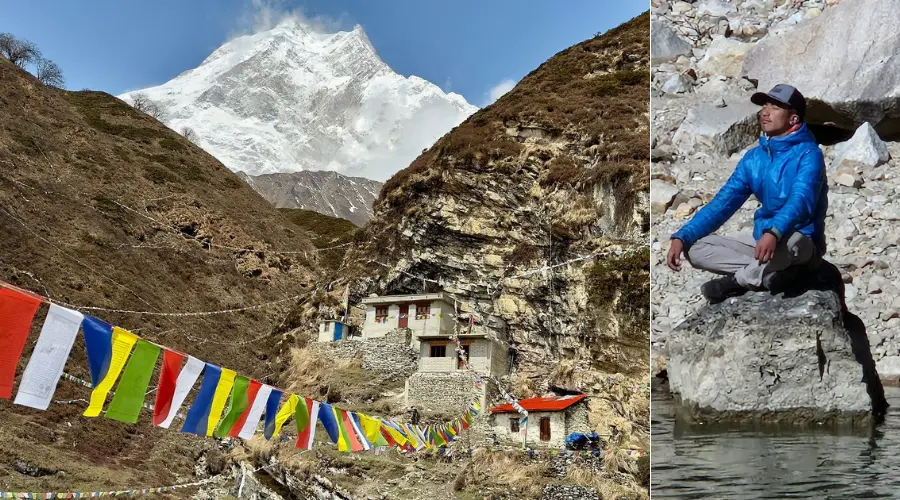
Things to Note Before Visiting Manaslu Monasteries
- Visitors are expected to dress modestly, take off shoes before entering, and walk clockwise around the prayer hall.
- Like most of the treks in Nepal, spring (March to May) and autumn (September to November) are the best times to visit Manaslu monasteries.
- The weather in the mountains is unpredictable. So, be prepared for all kinds of weather and challenging trails.
- The food and accommodation during the trek and in the monastery are basic, with basic services. Do not expect them to be exclusive.
- Ensure you have all the necessary documents and permits required for the Manaslu trek.
- Always ask for permission before taking photos or videos.
- Be mindful of monastery rules and interact respectfully with monks and locals.
Want to know more?
Speak to an Expert





Sandip Dhungana
Nepal 🇳🇵
Whatsapp: +977-9823636377

